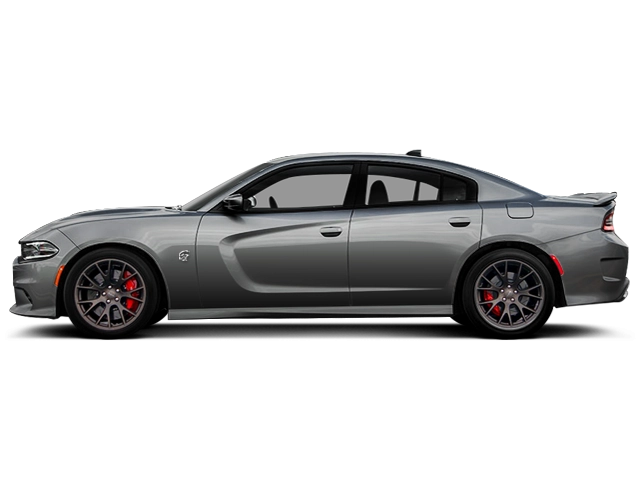2023 Dodge Charger Owner's Manual

Table of Contents
2023 Dodge Charger Overview
Introduction
The 2023 Dodge Charger stands out as an embodiment of American muscle, merging vintage appeal with modern engineering. This full-sized sedan boasts a bold, aggressive design that captures attention, ensuring that you command the road wherever you go. With its sleek lines and powerful stance, the Charger is designed for enthusiasts who appreciate performance coupled with functionality.
Powertrains
The 2023 Charger offers a range of robust powertrains to cater to diverse driving preferences. The base model is equipped with a spirited 3.6-liter V6 engine, producing an impressive 292 horsepower, perfect for daily commutes or spirited drives. For those craving more power, the 5.7-liter HEMI V8 engine delivers a thrilling 370 horsepower. Additionally, the Charger R/T and Scat Pack trims elevate the intensity further with options for a 6.4-liter V8 that generates up to 485 horsepower. For the ultimate performance enthusiast, the Charger SRT Hellcat integrates a monstrous supercharged 6.2-liter HEMI V8, unleashing a staggering 707 horsepower, making it a true king of the road.
Trims
The 2023 Charger is available in multiple trims tailored to various needs and styles. Starting with the base SXT, it features a well-rounded suite of standard conveniences. Moving up, the GT offers sporty aesthetics alongside performance enhancements. The R/T appeals to muscle car lovers, while the Scat Pack introduces even more power and handling finesse. At the pinnacle, the SRT Hellcat showcases track-ready technology and extreme performance capabilities, catering to the most discerning enthusiasts.
Features
Inside, the 2023 Charger combines performance with practicality. An intuitive infotainment system with a 7-inch touchscreen and Apple CarPlay/Android Auto compatibility keeps you connected. Premium materials drape the interior for a touch of luxury, while available features like adaptive cruise control, a premium audio system, and heated/ventilated seats enhance comfort. Safety remains paramount with an array of advanced driver-assistance features ensuring a secure ride.
Owner's Manual
The owner's manual for the 2023 Dodge Charger provides essential information regarding the vehicle's operation, maintenance, and features. It serves as a comprehensive guide to maximizing performance, understanding safety protocols, and ensuring longevity. With clear instructions and valuable tips, it helps owners navigate their driving experience confidently.
User manual download
The Dodge Charger owner manual for the 2023 model year is to be found in PDF downloadable format on this page. The owner manual for the model year 2023 is free and in English, but the repair manuals are usually not easy to get and may cost more.
Manual Questions
Fill the form below and someone will help you!

